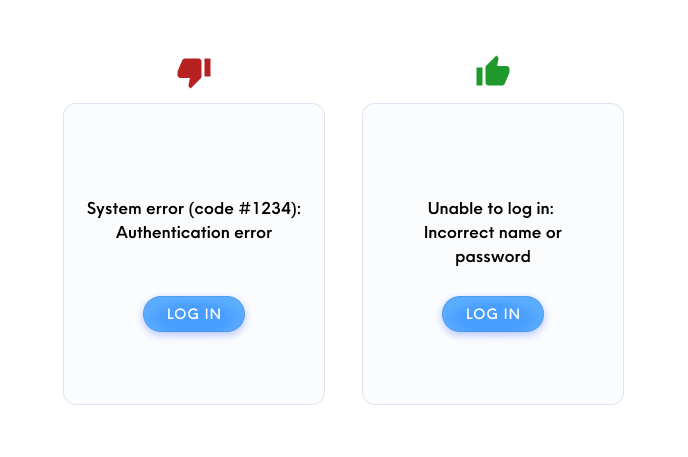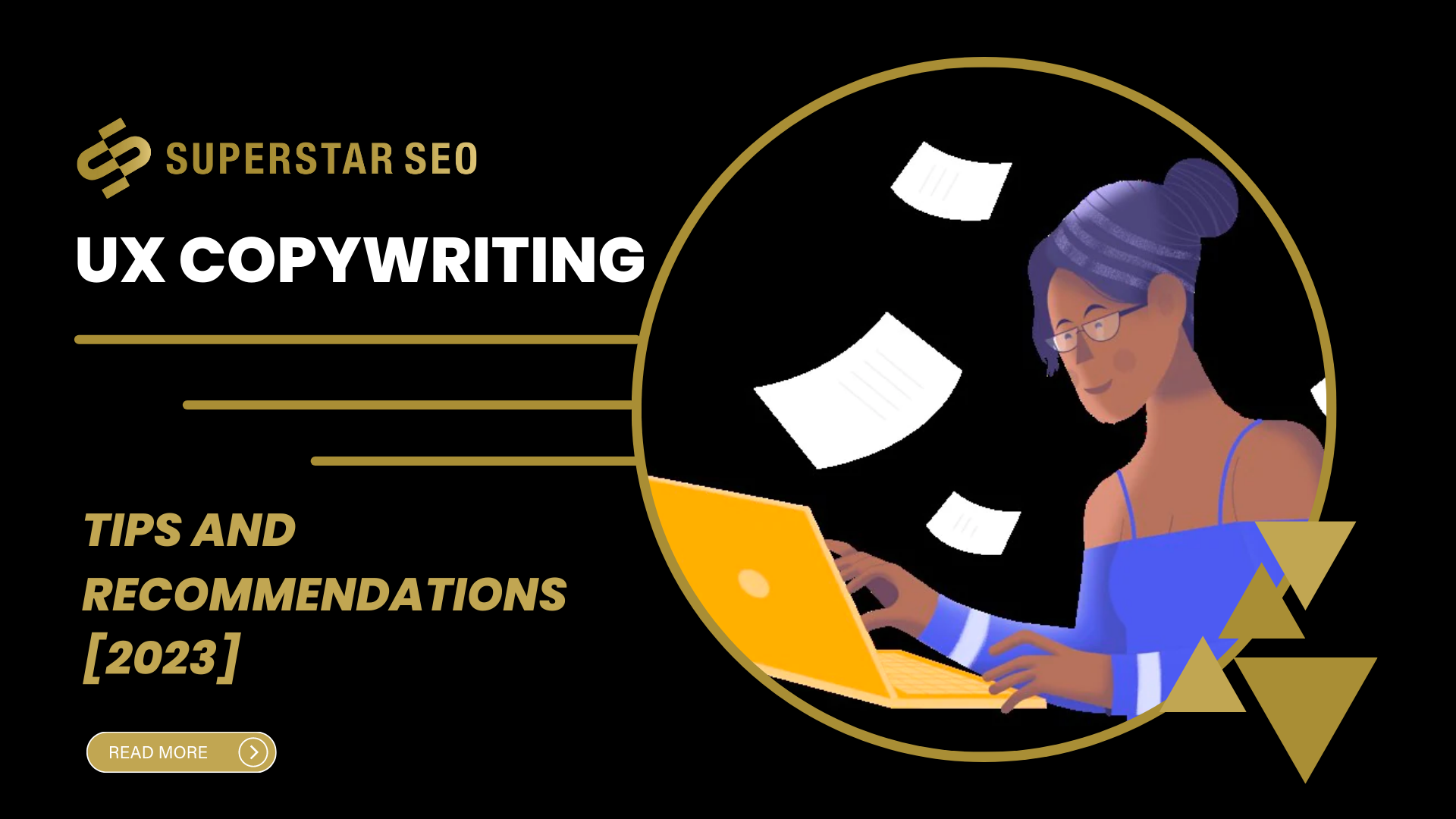UX Copywriting: Tips And Recommendations [2023]
What is UX copywriting? Imagine this…
You're planning a weekend getaway and start searching for the perfect place to stay.
You land on a website with amazing pictures and immediately start scrolling through the listings.
The photos are stunning, but you quickly realize that you have no idea what to do or how to navigate the website.
It feels like you're trying to solve a puzzle, and it's causing frustration and confusion.
You click on a listing that looks promising, but the description is long-winded and full of unnecessary details.
You start to lose interest and wonder if you'll ever find a place to stay.
That's when you decide to quit and move on to another website…
But then, you come across a different website that catches your eye.
It's simple, precise, and helpful.
The listings are easy to navigate, and the descriptions are written in a way that guides you through the process of finding the perfect place to stay.

This Is the Power of UX Copywriting
So, what is UX copywriting?
It's not just about creating catchy headlines or descriptions BUT about crafting a seamless, user-friendly experience.
UX copywriting makes the user feel like they're being guided through a process rather than having to solve a puzzle.
In practical terms, UX copywriting involves writing headlines, taglines, button labels, error messages, and other microcopy that appears throughout the user journey.
The words used in these elements may seem small, but they can have a big impact on the user's overall experience.
That's why UX has a huge ROI of 9,900%!!
And when it's done right, the result is a happy user who is more likely to make a booking.
Great UX copywriting examples include the Airbnb app, Spotify, Slack, etc.
On the other hand, not all UX writing is created equal. A prime example of this is Apple Music, which left many users feeling puzzled and confused.
Traditional Copywriting vs. UX Copywriting
Let's get one thing straight – ad copywriting is not the same as UX copywriting.

Sure, both involve the art of writing persuasive words that motivate the user to take action, but the similarities end there.
Think of it like this: traditional copywriting is like a first date – it's all about making a great first impression and getting the user to notice you.
You're trying to grab their attention and convince them to take a specific action, whether it's making a purchase, signing up for a newsletter, or downloading an app.
UX copywriting is all about creating a positive experience for the user and guiding them through a task or process.
It's not just about making the user notice you – it's about making them want to come back for more.
Traditional copywriting is often flashy and attention-grabbing, with headlines that make bold promises and descriptions that use flowery language.
UX copywriting, on the other hand, is often simple and to the point, with clear instructions and helpful guidance.
Tips for a More Effective UX Copywriting
-
Keep It Clear and Concise
Clarity is king when it comes to UX writing, so make sure your message is easy to understand, and your sentences are short and sweet.

-
Avoid Double Negatives
Two negatives don't make a positive when it comes to writing – they just make things…double more confusing.
-
Start with the Objective
When describing an objective and the action needed to achieve it, start your sentence with the objective.
Don't: “To book your stay, click here.”
Do: “Book your stay.”
-
Use Specific Verbs
Using verbs that describe a specific action is more helpful to users than vague, generic verbs that could mean a variety of things.
Don't use “Submit.”
Use “Send message/form.”
So, the user knows exactly what action they are taking AND the outcome.
-
Write in the Present Tense
Writing in the present tense helps create a sense of urgency and encourages users to take action.
Don't: “Your payment method has been confirmed.”
Do: “Your payment method is confirmed.”
-
Use Numbers Instead of Words
Numbers are easier to scan and understand quickly than words. Use numbers whenever you can to make your writing easier to read and more effective.
Don't: Eight new connections
Do: 8 new connections
Wrapping It Up
UX copywriting is a crucial aspect of designing a user-friendly and effective digital experience.
By using clear and concise language, specific verbs, present tense, and other tips, UX writers can guide users through a process, help them achieve their goals, and make the overall experience more intuitive and enjoyable.
Remember, in the digital age, the words we use are just as important as the visual design elements.
By focusing on UX copywriting, designers and writers can create digital experiences that truly delight and satisfy the user.





